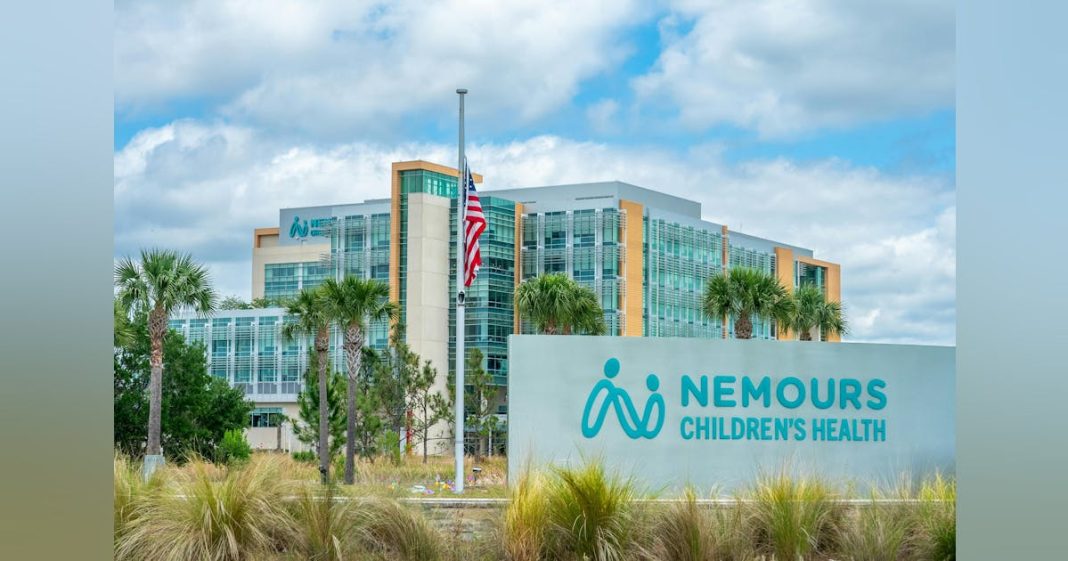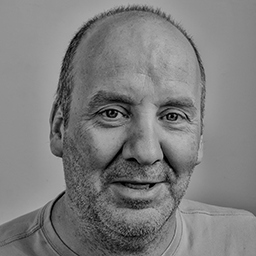In December, the leaders of Nemours Children’s Health, which is based in Wilmington, Delaware, and Jacksonville, Florida, announced that the health system will be making investments totaling $430M in its Delaware Valley and Central Florida operations.
In Delaware, Nemours will be spending $130 million in 2025 on three projects: a groundbreaking new Maternal & Fetal Health Program, to be led by 3 nationally recognized specialists, with new birthing suites and expanded space for maternal and fetal surgery and care; expansion of its neonatology, cancer, and cardiology programs; and revitalization of the Alfred I. duPont Institute – Nemours’ original hospital building.
At its Central Florida campus, Nemours will invest $300M over the next four years in new and expanded facilities to meet the area’s growing needs. The three areas of focus will be: a 110,000-square-foot expansion of its hospital; a new 75,000-square-foot facility for orthopedic and sports medicine; and a new 75,000-square-foot administrative building.
Following the announcement in December of the group of investments, Dr. Moss spoke with Healthcare Innovation Editor-in-Chief Mark Hagland about the investments and about the broader context of the Nemours Children’s organization’s commitment to its service areas and communities. Below are excerpts from that interview.
Dr. Moss, can you share about the origin of this set of investments, and what it means more broadly for the organization?
I always say this, but I want people to know that Nemours is in the business of creating health, not just treating disease. We think we have an important role to play in the way that America conceptualizes health of children and delivers healthcare to children. This investment is on the side of care delivery. Some people have misinterpreted what I’ve said in the past, but it’s an “and,” not an “or.” So while we’re doing exciting things for children outside the hospital, we’re still investing in care in the hospital, and that’s what these investments are.
Can you discuss the sources of the funding?
Funding is coming from multiple sources, but mostly from the thoughtful, judicious management on the part of our teams, as we’ve anticipated the need for growth. We’ve oriented our financial performance for years, to be read for this. And we’ve been supplemented by generous gifts, including from the Lisa Dean Moseley Foundation. Our stakeholders have contributed, and we’re very proud that we’ve been able to manage our internal resources successfully, even during a time of financial challenges.
We all know that this is a difficult time in terms of reimbursement of all types, for provider organizations. How are you managing in the current environment?
It is a challenging financial time for healthcare entities, and particularly for this country’s children’s hospitals. But we’ve made some very hard and deliberate decisions to make sure that we can continue to perform adequately. We’re a not-for-profit entity; we’re not in business to make money, we’re in business to enhance the health of children. But to do that, we have to invest intelligently in the health of children, and we’re doing things in our major markets, that are hugely beneficial to children. We’re cognizant that in order to deliver health, we have to carefully manage our finances.
Is this a more difficult time than two years ago?
There are a variety of challenges that we all face. I’ll say that fundamentally in the United States, all children’s hospitals are fundamentally under-reimbursed and live on a shoestring all the time, and to the extent that I can play a role and continue to advocate for sustainability facing the Medicaid challenges we face, I’ll do so. I think it’s important for the American people to understand—a lot of people don’t realize this—over half of all children in the US get their healthcare funded by Medicaid, and Medicaid in the vast majority of cases, underfunds care. We have a big challenge with underinsurance of kids through the Medicaid program, and that’s an important thing to discuss.
What will you be able to do with these investments?
I’m very excited. In the Delaware Valley, we’re developing what will be one of the biggest programs for mothers with children born with congenital anomalies. And we’re turning the original DuPont Institute back into an office build as it was from the 1940s. In central Florida, we’re doubling the size of the ED, adding 28 inpatient beds, and 16 observation beds, more clinic space, etc.
How should leaders be strategizing ahead for the next few years, in order to accomplish important work?
The major trend in children’s care over the coming decade is that we’re doing more and more on an outpatient basis. The children’s hospital of the future is going to be a giant ICU. So we’re one of the leading organizations in the country building a hospital-at-home program for children. Mostly, per more beds, we’re responding to increased market demand. We’re actually putting less of a percentage of kids in beds, but our market share is actually increasing both in the Delaware Valley and in central Florida. Tertiary and quaternary care will still be needed for the sickest of the kids, and this expansion is about that.







